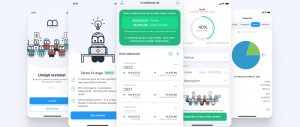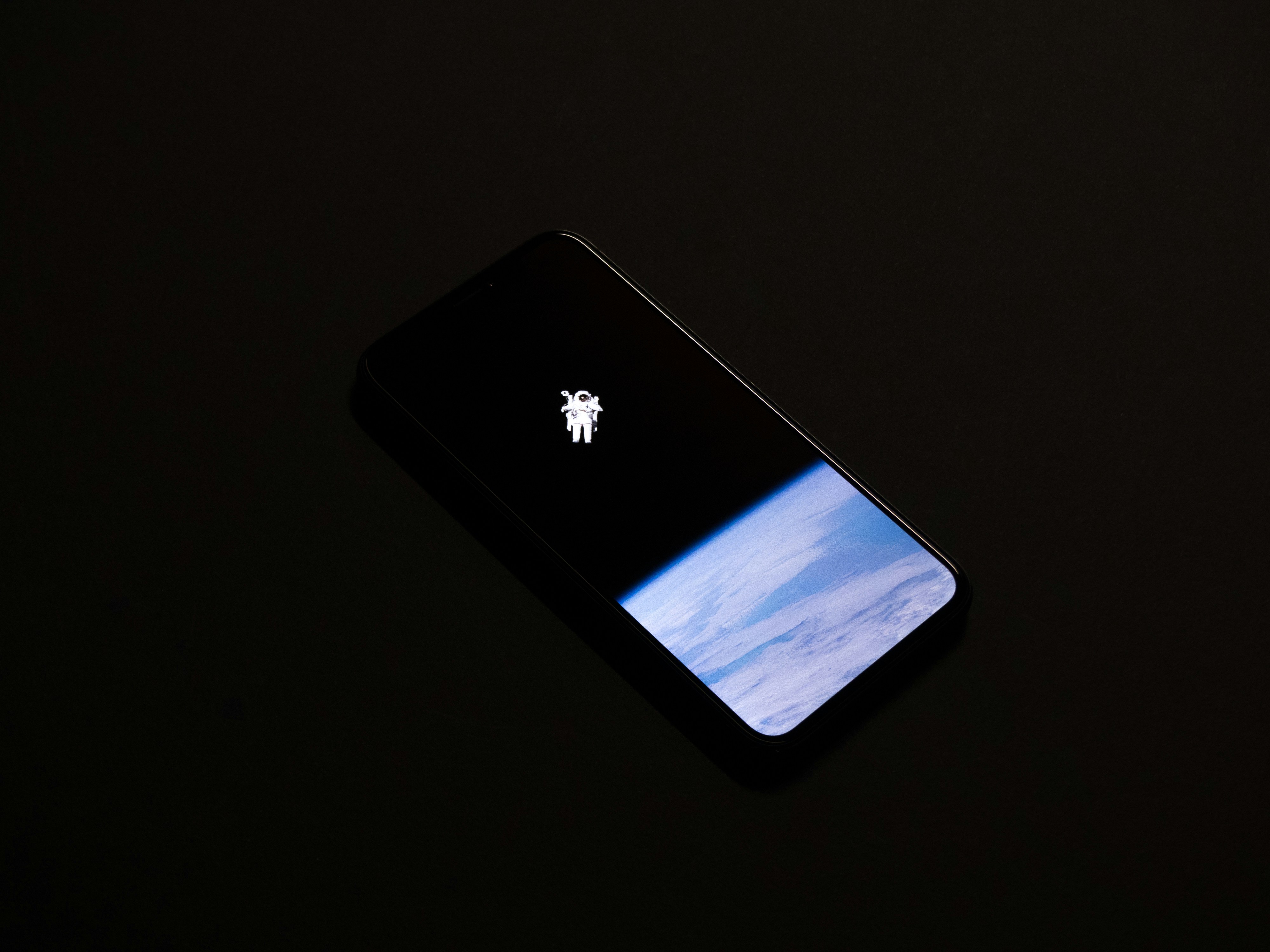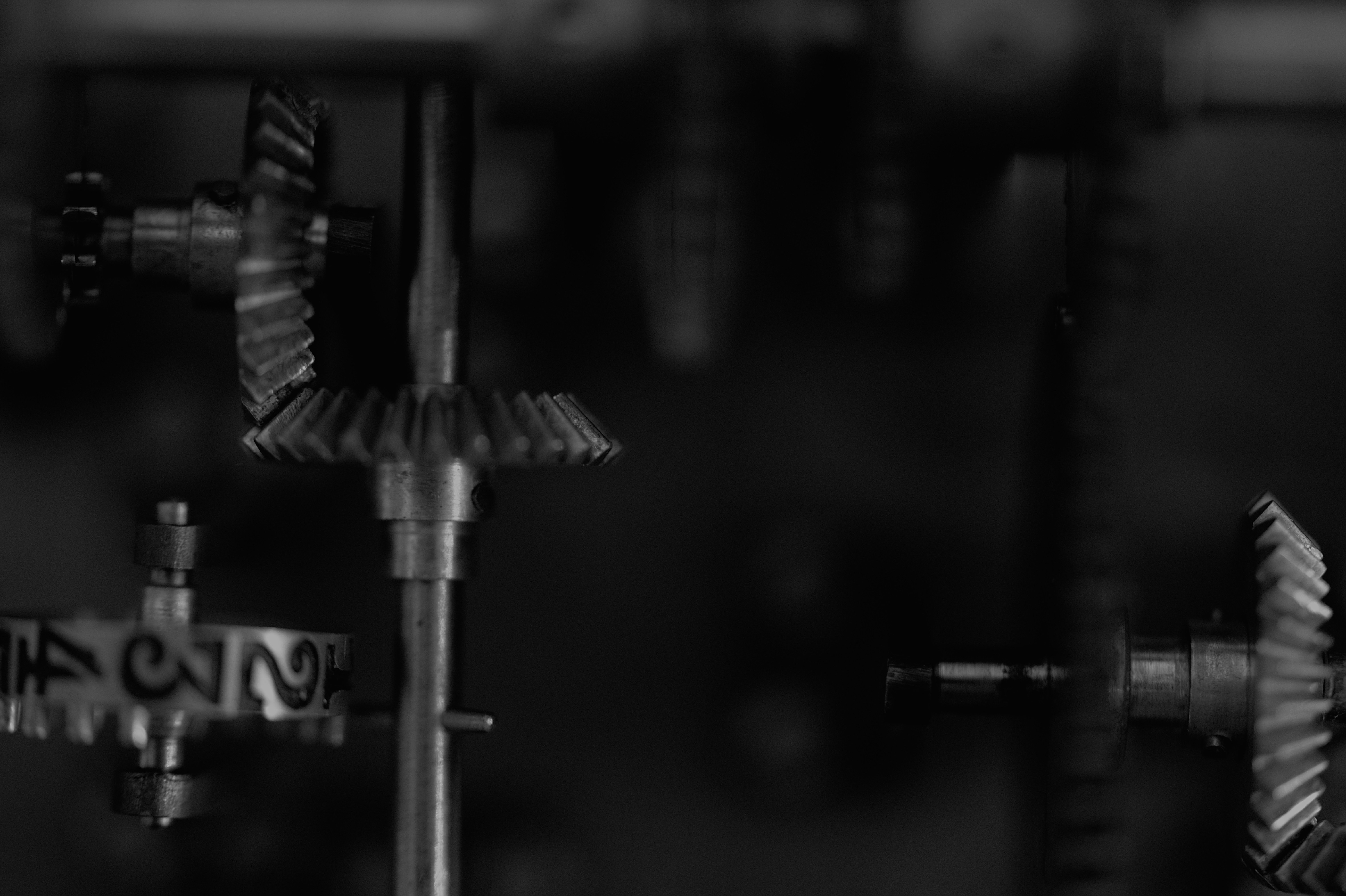When creating an interface, a designer can apply several various approaches to satisfy the goals and tasks of a business. Data-Driven Design is one of them. With this article, we would like to outline whether this approach is so great as it is considered and in what cases it should be applied for business to reach better results with fewer expenses.
The ways the data can define the design
Any Data-Driven Design, as it is evident from its name, is based on statistical data collected from the target audience. The basic principle consists in the fact that any hypothesis or idea on the creation of a design should be confirmed by the final recipient of such an idea. In the case of the design creation, any changes in the interface are tested on the target audience. The effectiveness is defined solely by data without any personal assumptions.
The benefits of Data-Driven Design:
- Minimization of the failure
The team knows the directions for further development. They have a strict understanding of the metrics, parameters, markers that should be received. While having the defined and measurable goals, it is easier to specify the steps needed for the final goal implementation and analyze the results.
- Clear results
When the team of developers has a hypothesis with defined metrics, they can prove its success when this particular assumption positively influenced this metric. In case when the hypothesis negatively influenced the metric, they receive the result as well. Namely, the team received the experience that can be improved and used in the future.
- The metrics of success are documented
The business owner, as well as the team of developers, do not have to guess whether the initial plan was successful or not. That leads to better planning of financial balance and weak points of the business that should be improved.
- It is easily embedded in the agile development process
After each cycle of development, a new scope of data can be collected and used in the future until the product launch.
The negative moments of Data-Driven Design:
- Designers burnout
As far as any decision is checked with the data, the process of design creation excludes the creative element. The designer can found this boring to work under such conditions.
- Strict requirements for the product manager or analyst experience
If the person responsible for the collection of the necessary data appears to have a non-sufficient experience, they can make crucial miscalculations. That brings nothing good for the business as well.
The process of Data-Driven Design creation
The basic steps of Data-Driven Design are similar to simple design creation. Thought its core peculiarities add the initial steps to the process.
As a first step, it is necessary to create the metrics chart and define their priorities. Later come the analysis and optimization of data use. And only after these steps starts the design creation. Each step includes various fresh ideas that should be added to the list of hypotheses and analyzed. The results of such analysis define further rectifications and improvements.
Is there any place for creative minds in this block of data?
Digital products exist in a fast-changing environment, and the design is the most vulnerable from any deviations part of the product. That is why the creation of something personalized and fresh is a must for a designer.
The digital environment is limited with forms and ways the minds and intentions can be delivered to the target audience. That is why you whether make it better than others or fail.
The situation gets a stronger impact on a business if to take into account the speed of information distribution. The design of a local team should conquer the entire world. Special services can help with such a task. For example, our website for the Delibroom system was marked as one of the Best website designs by DesignRush. That shows that we move in the right direction and calculate the right metrics.
Numerous automatization services or tools are called to fasten and simplify the process of development. They already include the basic elements that satisfy some business goals. Nevertheless, these elements were calculated and created years ago for the needs of one specific category of users. Each business is unique, and even the slightest changes in the needs of the target audience can deeply influence the design. That is why the designers try to introduce personalized vibes to any product, even when its basic principles were taken from an analytical chart.
Application of data or emotions
No need to use the principles of Data-Driven Design in any project. If a business deals with the market that does not change constantly or social media, the analytical charts can definitely add value to the interface. The team growth due to the introduction of several experienced analysts should be calculated as well.
Though, when the digital product should be outstanding and catching with the design, there is not so much room for data.
The modern solution of what approach to choose lies in the application of features of Data-Driven Design with personal additions of a designer and considerations of qualitative data points. The combination of the context of product use and qualitative data ensures that the Data-Driven Design brings benefits to the business.
Ready to enhance your own product, based on hard-boiled calculations? Contact our team with analysts to make your product really work for you.
ai application architecture banking chatbot cloud company database design Development discovery ecommerce edtech fintech fitness funding gamification healthcare idea management metrics mobile mvp pitch pitch deck product quality real estate SaaS security startup strategy technology trends web
Also you may interested in
Hello we are EVNE Developers
We're a team of product experts who can transform your vision into a thriving business
Contact us





















